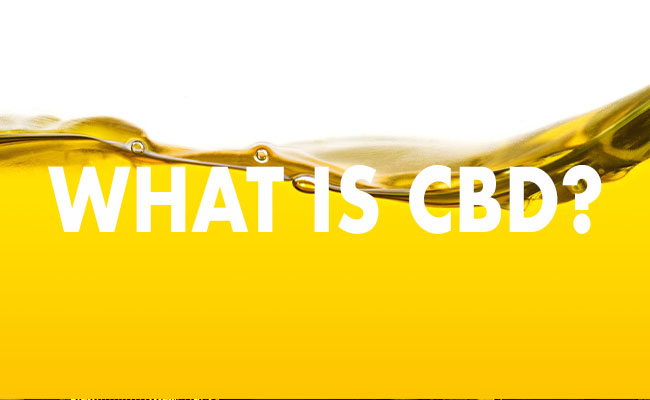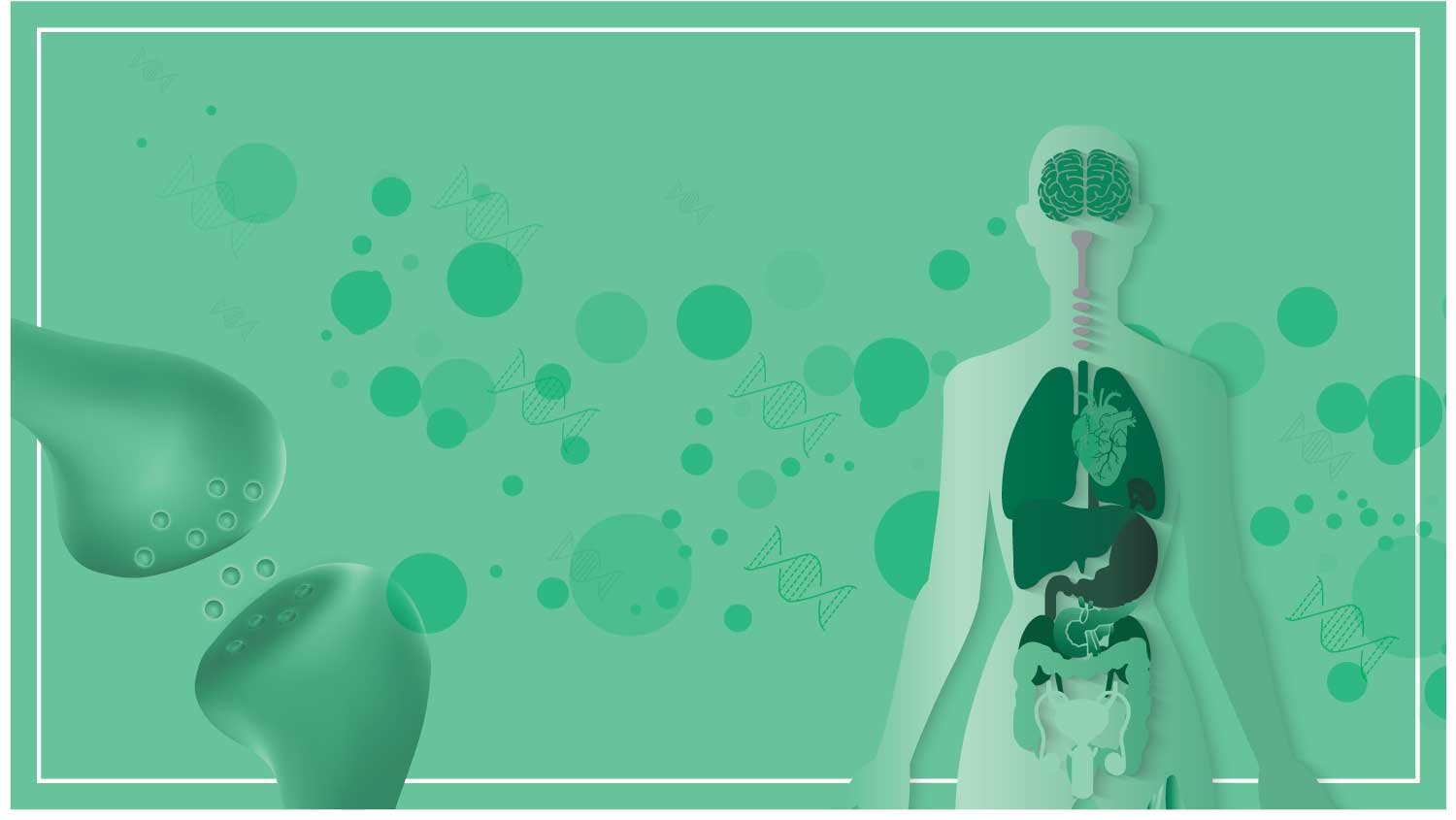
CBDa: A New Cannabinoid In Town
WRITTEN BY DR. SARAH WISE AND DR. SWATHI
You may have heard of CBDa, or you may have not. Read on to see what it is, what you need to know about it, and how it could help you.
What is CBDa?
Cannabinoids, such as cannabidiol (CBD), have risen in popularity in recent years. They offer individuals an accessible and more natural way to support various conditions, such as inflammation and anxiety. Currently, cannabidiolic acid (CBDa) is less commonly discussed, but is the next up-and-coming chemical compound. It is a safe cannabinoid that is naturally produced by both the marijuana and hemp plants (1).
CBDa is converted into CBD by heat, otherwise known as thermal decarboxylation. The fancy term, decarboxylation, occurs when the cannabis material is lit and smoked or vaporized. It can also happen by slow degradation over time if the plant material is left to sit at room temperature (1). So, most cannabis users are not actually exposed to much CBDa, as it’s converted from its “raw” form into CBD by most of the common consumption methods. For people who want to be consuming CBDa, this means having to use different types of consumption methods. Examples include topical creams, tablets and tinctures that are formulated to keep CBDa stable, so it does not degrade at room temperature (1,2).
Why does CBDa matter?
Recent news of a study done by Oregon State University led to a peaked interest in CBDa. They found that this cannabinoid may play a role in bolstering immunity, specifically in the prevention and management of the SARS-CoV-2 infection. In one study, cannabinoid acids were found to decrease SARS-Cov-2 replication by binding to the viral spike protein that helps the virus spread to and infect human cells (3). Essentially, it was shown that CBDa may reduce the ability for the virus to infect human cells. More research is needed, but this is was a ground-breaking study in an era plagued by minimal prevention or treatment options.
CBDa has been shown to inhibit COX-2, an enzyme that works to promote decreased inflammation (4). It is thought that CBDa acts similarly to how non-steroidal anti-inflammatory drugs (NSAIDs), such as ibuprofen, that are often taken to alleviate pain and swelling. More studies are needed, but this cannabis compound shows promise for safely reducing pain without causing a “high”.
CBDa may have the ability to increase calmness and balance the mind as demonstrated in rat models as an anxiolytic agent. Additionally, action at the 5-HT(1A) receptor that regulates serotonin shows promise for mood regulation (2,4).
A pharmacology study showed that CBDa may be able to reduce nausea at a dose that is 100-1000 times smaller than an effective dose of CBD. Research shows that CBDa may have enhanced activation at the 5-HT(1A) receptor that influences the vomiting center of the brain. This mechanism of action could be particularly helpful at reducing motion-induced nausea/vomiting (4).
References:
- Formato M, Crescente G, Scognamiglio M, et al. (‒)-Cannabidiolic Acid, a Still Overlooked Bioactive Compound: An Introductory Review and Preliminary Research. Molecules. 2020;25(11):2638.
- Hen-Shoval D, Amar S, Shbiro L, et al. Acute oral cannabidiolic acid methyl ester reduces depression-like behavior in two genetic animal models of depression. Behav Brain Res. 2018;351:1-3.
- van Breemen RB, Muchiri RN, Bates TA, et al. Cannabinoids Block Cellular Entry of SARS-CoV-2 and the Emerging Variants. J Nat Prod. 2022;85(1):176-184.
- Bolognini D, Rock EM, Cluny NL, et al. Cannabidiolic acid prevents vomiting in Suncus murinus and nausea-induced behaviour in rats by enhancing 5-HT1A receptor activation. Br J Pharmacol. 2013;168(6):1456-1470.
--
This article was edited by Dr. Swathi and was written by Element Apothec Scientific Communications Intern, Dr. Sarah Wise.











